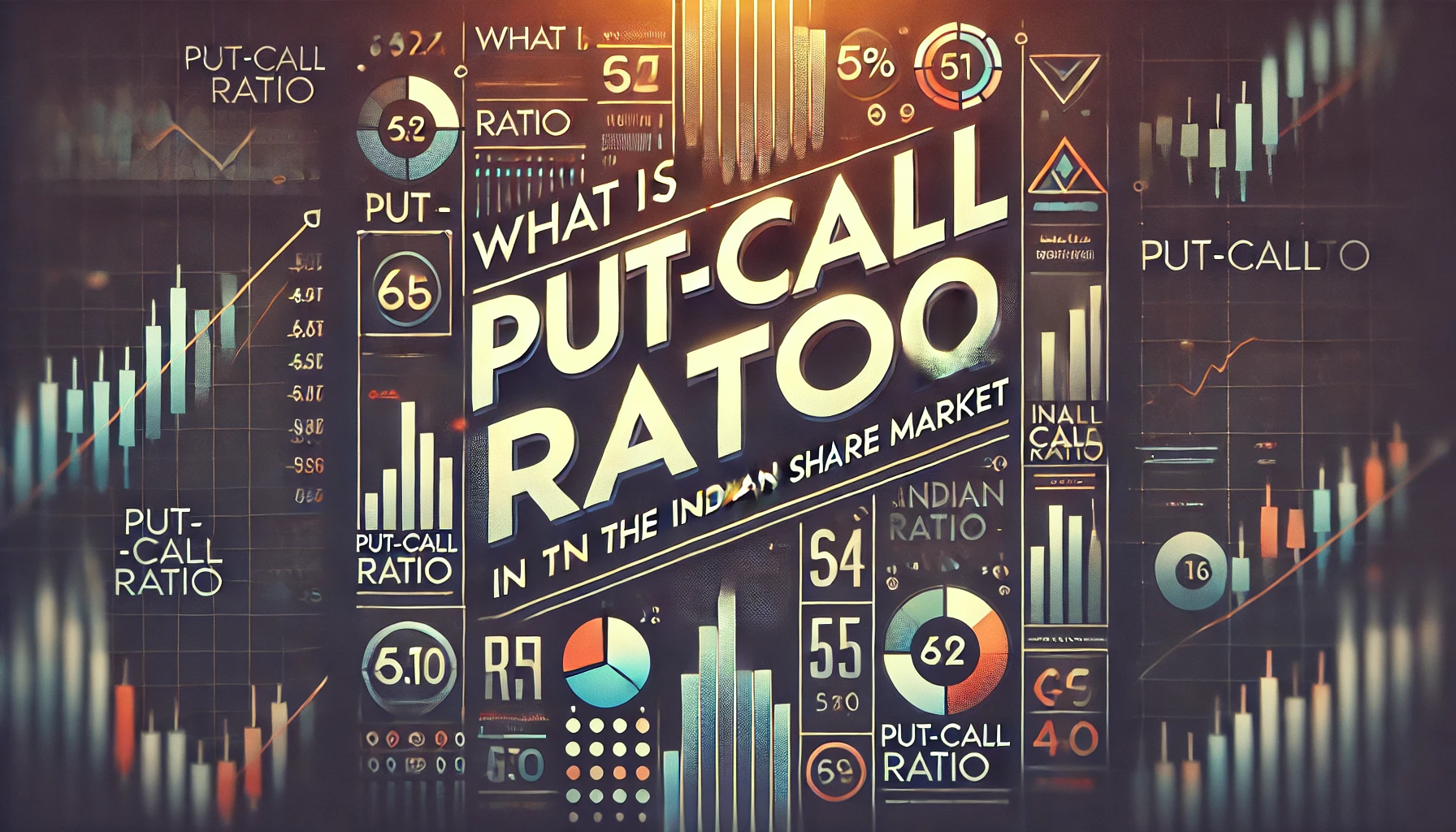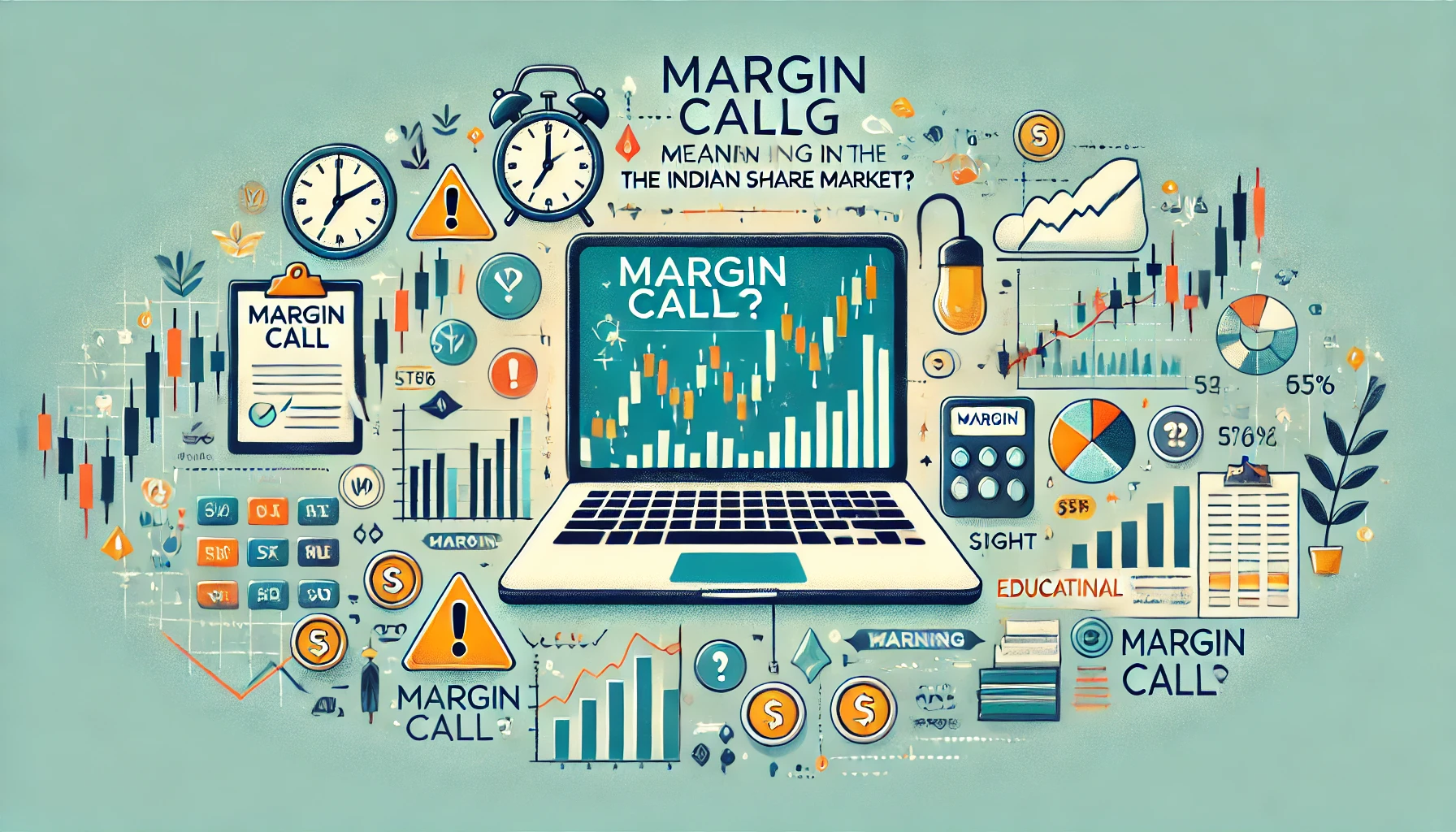The Indian share market derivatives segment is a dynamic environment where advanced traders rely heavily on the science of volatility and pricing. Understanding how option prices react to market movements is key to maximizing profits and minimizing risks. This blog aims to offer an in-depth look at key aspects of volatility and pricing strategies, providing tools that advanced traders can use to succeed in option trading.
Table of Contents
- Introduction to Options and Volatility in the Indian Market
- The Role of Implied Volatility in Option Pricing
- Historical Volatility and Its Influence on Pricing
- Option Greeks: A Vital Tool for Pricing Strategies
- Volatility Skew and Smile in Indian Options
- Popular Advanced Strategies: Using Volatility to Trade
- Using Historical Data for Effective Trading
- How to Calculate Option Pricing: Black-Scholes Model
- Practical Application of Strategies
- Conclusion
1. Introduction to Options and Volatility in the Indian Market
Options are derivatives that derive their value from underlying assets, like stocks or indices. In the Indian context, NIFTY and Bank NIFTY options dominate the market. Volatility plays a crucial role in determining option prices, reflecting how unpredictable the price of the underlying asset might be.
Volatility is categorized into two types:
- Implied Volatility (IV): This represents the market’s expectation of the asset’s price movement.
- Historical Volatility (HV): This measures the actual past volatility over a certain period.
Understanding the nuances of these two types is essential for advanced traders seeking to optimize their option strategies.
2. The Role of Implied Volatility in Option Pricing
Implied volatility is a forward-looking metric. It helps traders estimate how the market perceives the potential price movement of a security. In the Indian market, where news and events can trigger large price swings, keeping an eye on IV can be the difference between a profitable trade and a loss.
Table: Implied Volatility Levels of Major Indian Indices (2020-2023)
| Year | NIFTY Implied Volatility (%) | Bank NIFTY Implied Volatility (%) |
|---|---|---|
| 2020 | 27.50 | 35.00 |
| 2021 | 19.80 | 23.00 |
| 2022 | 21.30 | 28.60 |
| 2023 | 16.50 | 20.40 |
3. Historical Volatility and Its Influence on Pricing
Historical volatility measures how volatile a stock or index has been over a certain period. It can help traders anticipate how an option will react to various price movements. Using historical data helps traders make informed decisions about future volatility and its effect on option pricing.
Table: Historical Volatility Data for Select Indian Stocks (2019-2023)
| Year | Reliance HV (%) | Infosys HV (%) | TCS HV (%) |
|---|---|---|---|
| 2019 | 15.00 | 18.00 | 12.00 |
| 2020 | 30.00 | 24.00 | 25.00 |
| 2021 | 18.50 | 22.60 | 19.80 |
| 2022 | 16.20 | 20.00 | 21.30 |
| 2023 | 12.50 | 18.10 | 16.50 |
4. Option Greeks: A Vital Tool for Pricing Strategies
The Greeks are essential tools for advanced traders, providing insights into option price sensitivity to changes in market conditions. They include:
- Delta: Measures the option’s sensitivity to changes in the price of the underlying asset.
- Gamma: Shows the rate of change in delta.
- Theta: Represents time decay or the erosion of an option’s value as it nears expiry.
- Vega: Measures the sensitivity of the option’s price to changes in volatility.
Understanding these Greeks enables traders to fine-tune their pricing strategies.
5. Volatility Skew and Smile in Indian Options
Volatility skew refers to the difference in implied volatility across various strike prices. In the Indian market, a volatility smile often appears, where out-of-the-money options exhibit higher IV compared to at-the-money options. Traders can exploit these patterns to profit from volatility discrepancies.
6. Popular Advanced Strategies: Using Volatility to Trade
Advanced traders utilize volatility as a primary driver in developing complex strategies. Here are a few key strategies:
a. Straddles and Strangles:
These strategies involve buying both a call and a put option at different strike prices, allowing traders to profit from sharp price movements in either direction, benefiting from high volatility.
b. Iron Condors:
This neutral strategy involves selling an out-of-the-money call and put while buying further out-of-the-money options. This strategy works best in low volatility markets.
7. Using Historical Data for Effective Trading
In advanced trading, historical data analysis is essential for predicting future price movements. Analyzing the historical volatility of stocks and indices can give traders the upper hand when entering or exiting positions.
8. How to Calculate Option Pricing: Black-Scholes Model
The Black-Scholes model is one of the most widely used methods to calculate the theoretical price of options. It considers factors like the stock price, strike price, time until expiration, volatility, and the risk-free interest rate.
Black-Scholes Formula:
C = S * N(d1) - X * e^(-rT) * N(d2)
d1 = [ln(S/X) + (r + σ² / 2) * T] / (σ * √T)
d2 = d1 - σ * √T
Where:
- C is the call option price.
- S is the stock price.
- X is the strike price.
- T is time until expiration.
- r is the risk-free interest rate.
- σ is the volatility of the stock.
9. Practical Application of Strategies
Using the strategies mentioned earlier, traders can apply them to real-world scenarios. For example, using a straddle during times of earnings announcements for major Indian companies like TCS or Infosys can be highly profitable due to the expected volatility spikes.
10. Conclusion
Understanding option volatility and pricing strategies is essential for advanced trading in the Indian share market. By leveraging implied and historical volatility data, mastering the Greeks, and using strategies like straddles, iron condors, and the Black-Scholes model, traders can optimize their positions and navigate the complexities of options trading with greater precision.

What Is Implied Volatility?
In the realm of Indian share market derivatives, implied volatility (IV) plays a crucial role …

What is Margin Funding?
Margin funding is a powerful tool in the Indian share market that allows traders to …

Forward vs Future contract
In the Indian share market, derivatives such as forward and future contracts play a pivotal …

What is Margin Money?
Margin money is a crucial aspect of trading in the Indian share market, especially in …

What is Put-Call Ratio?
The Put-Call Ratio (PCR) is one of the most widely used indicators in options trading …

What is Derivatives?
Derivatives are financial instruments whose value is derived from an underlying asset or benchmark. In …

What is Cost of Carry?
The cost of carry is an essential concept in futures trading that reflects the cost …

What is futures
Futures are a fundamental part of derivatives trading in the Indian stock market. They allow …

Bullish Option Strategies
In the ever-evolving world of derivatives trading, options have become a powerful tool for investors …

Understanding Physical Settlement in Futures & Options Contracts: A Comprehensive Guide
In the world of derivatives trading, the concept of physical settlement has gained prominence, particularly …

what are call options
The Indian share market has expanded significantly over the years, attracting a growing number of …

What Is Credit Spread Strategy
In the world of options trading, the credit spread strategy is one of the most …

What Is a Forward Contract
A forward contract is a customized financial agreement between two parties to buy or sell …

Types of Derivatives in India
The Indian derivatives market has grown exponentially, becoming a vital tool for investors and traders …

What is Swaps Derivatives
In the world of derivatives, swaps are a special class of contracts that allow two …

Intrinsic Value and Time Value of Options
Options trading is one of the most widely used financial instruments in the Indian share …

What is Open Interest?
In the world of derivatives, the concept of “Open Interest” plays a crucial role in …

Types of underlying assets in derivatives
The Indian derivatives market has grown exponentially over the last few decades, thanks to its …

derivatives on Option Volatility & Pricing Strategies
The Indian share market derivatives segment is a dynamic environment where advanced traders rely heavily …

What is Futures Contract
The Indian share market offers various financial instruments that provide opportunities for investors and traders. …

What is implied volatility in options?
In the world of options trading, one of the most crucial elements to understand is …

Futures Pricing Formula
The Indian share market is known for its dynamic nature and offers various opportunities for …

What is an ITM Call Option?
The world of options trading is filled with technical terms that are crucial for investors …

What is Max Pain Theory?
The Indian share market is full of strategies and theories that traders use to predict …

What is OTM Call Options
In options trading, terms like “in the money” (ITM), “at the money” (ATM), and “out …

What Is Rollover
Rollover is a common term in the world of futures and derivatives trading, especially in …

Futures Prices Converge Upon Spot Prices
In the world of financial markets, futures contracts play a significant role. One of the …

Call Ratio Back Spread
In the Indian share market, advanced trading strategies such as the Call Ratio Back Spread …

Margin Call Meaning
A margin call is one of the most critical warnings in trading, often marking a …

What is Bermuda Option?
The financial markets are full of complex instruments, and one such tool is the Bermuda …


















